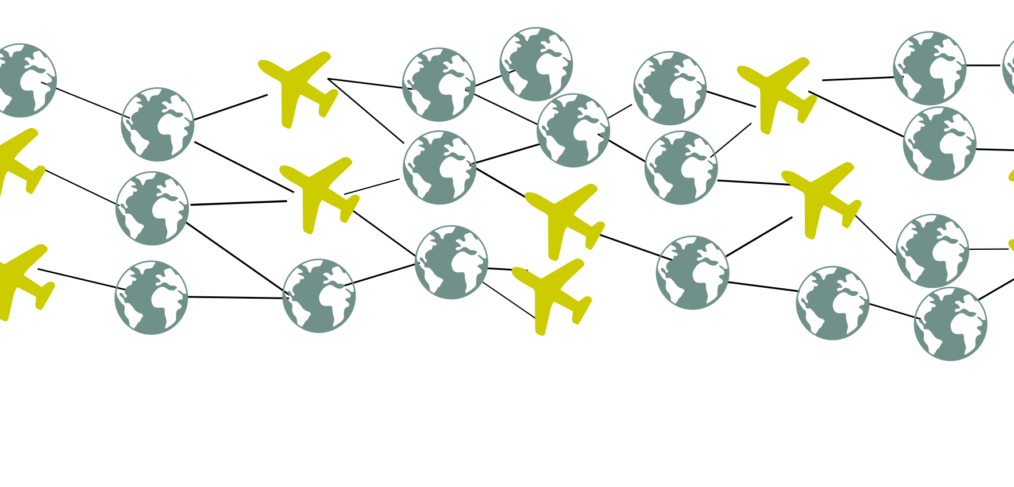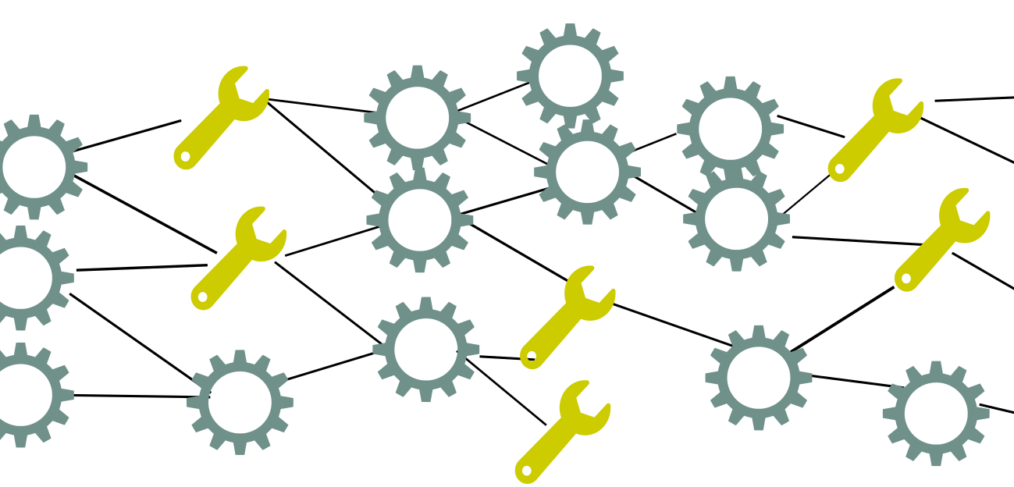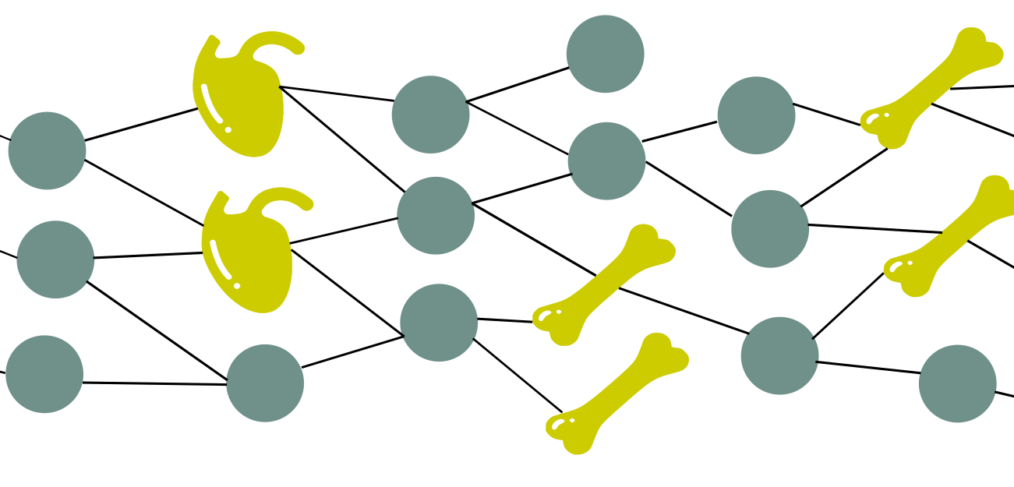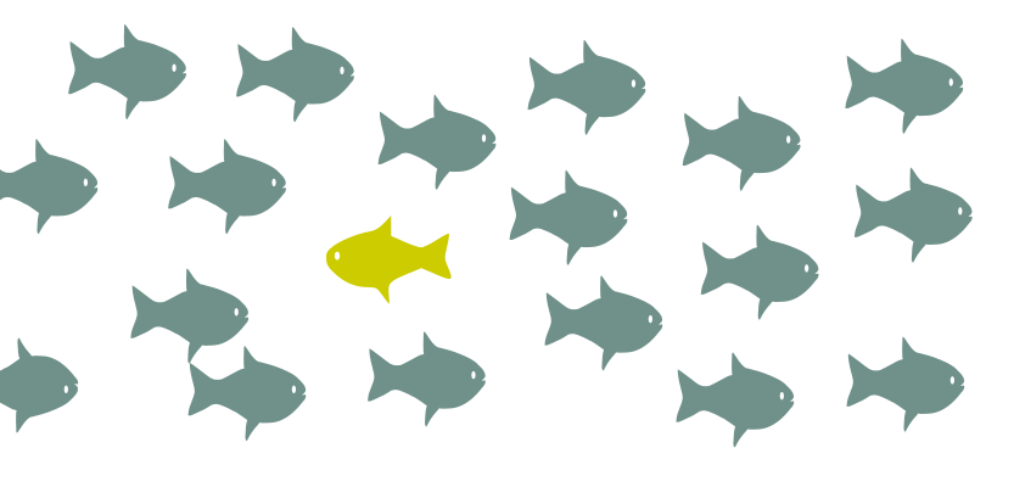In the modern e-commerce landscape, the inclusion of an AI chatbot can vastly enhance user experience, operational efficiency, and overall customer satisfaction. If you’re looking to embark on this transformative journey, here’s a step-by-step guide to help you get started.
1. Define Your Goals
Establish what you expect from your chatbot:
- Providing 24/7 customer support?
- Delivering personalized product recommendations?
- Automating routine inquiries like order status checks?
- Gathering insightful customer feedback?
Having distinct objectives will shape the entire integration process.





